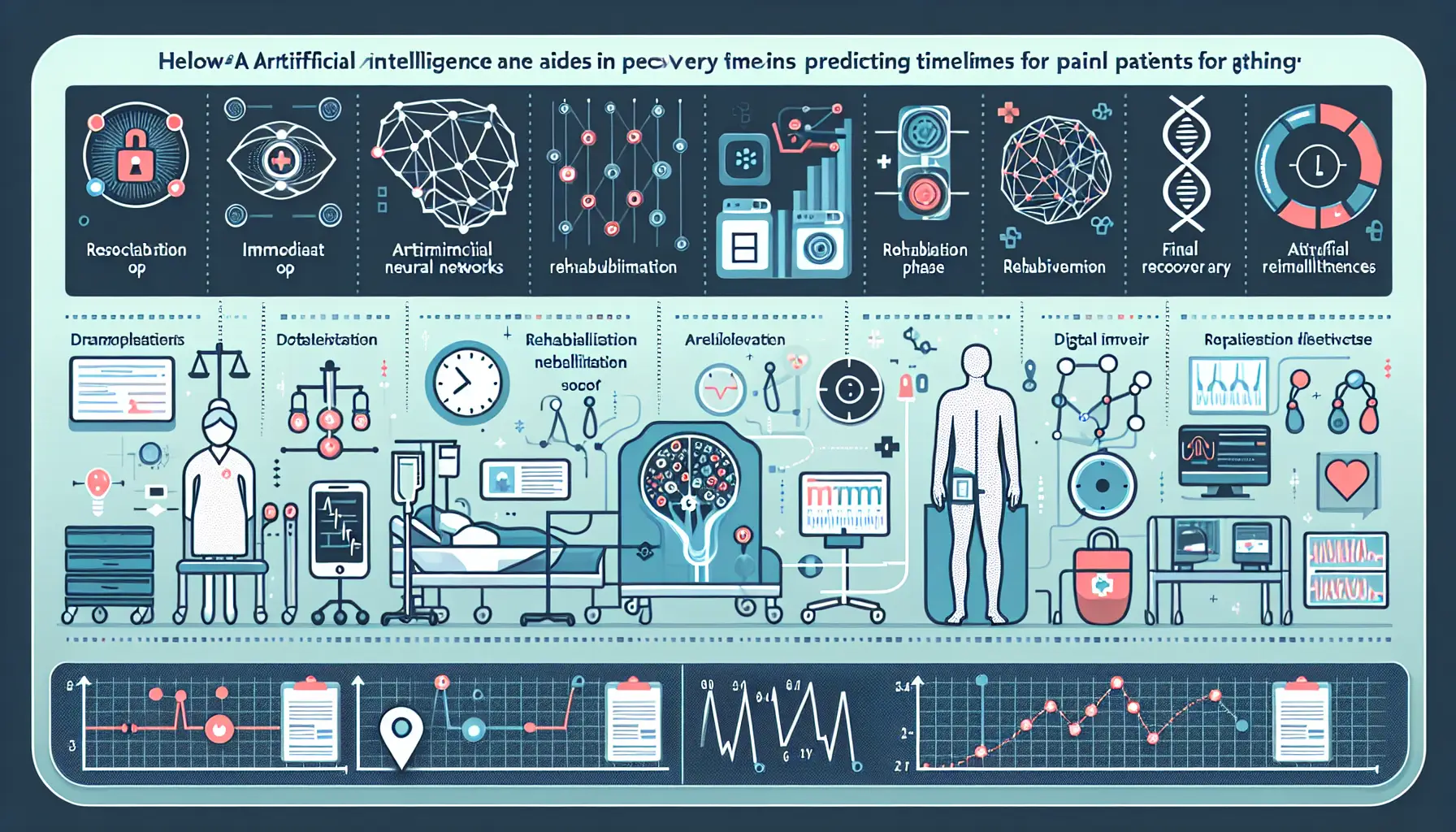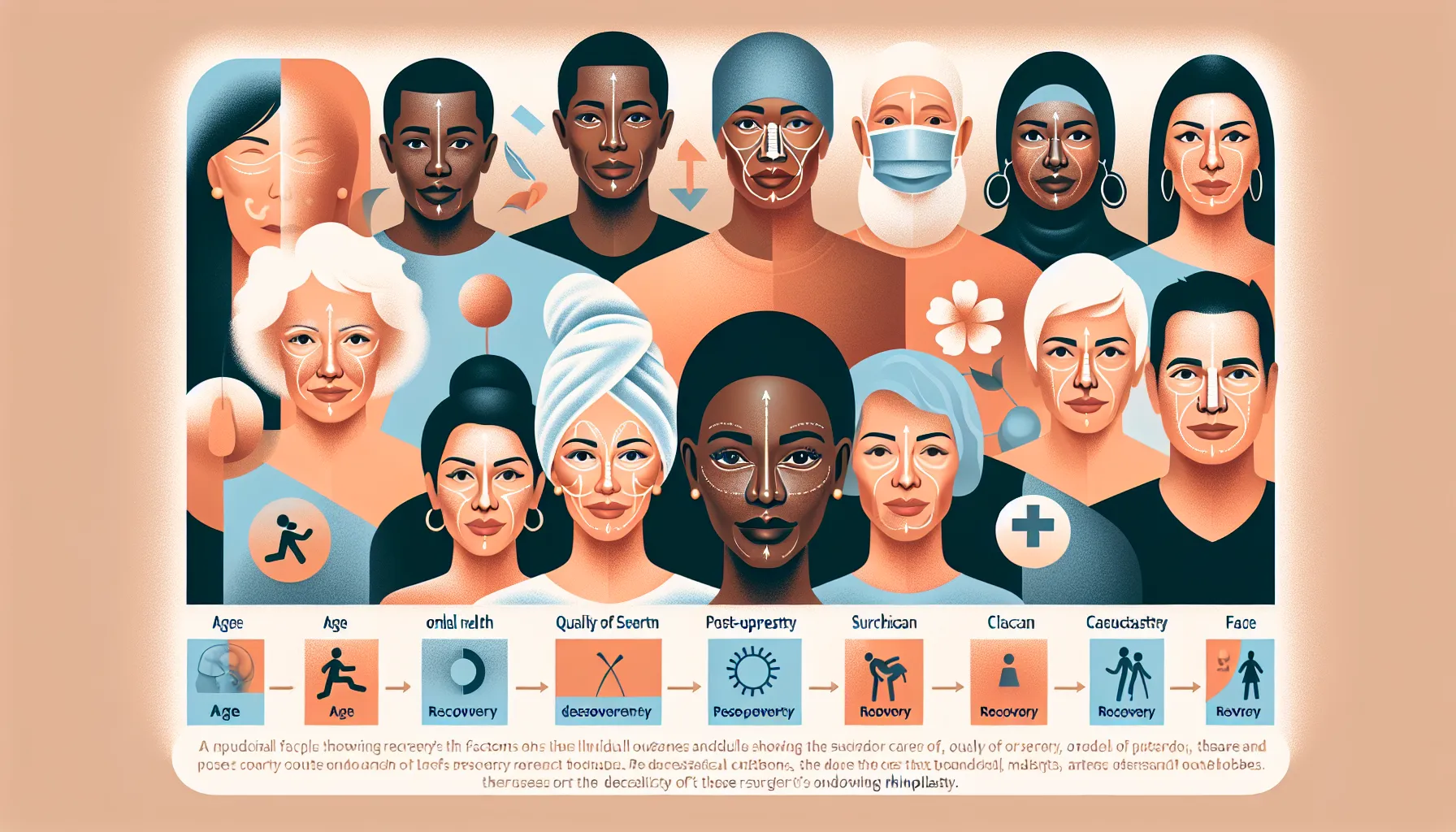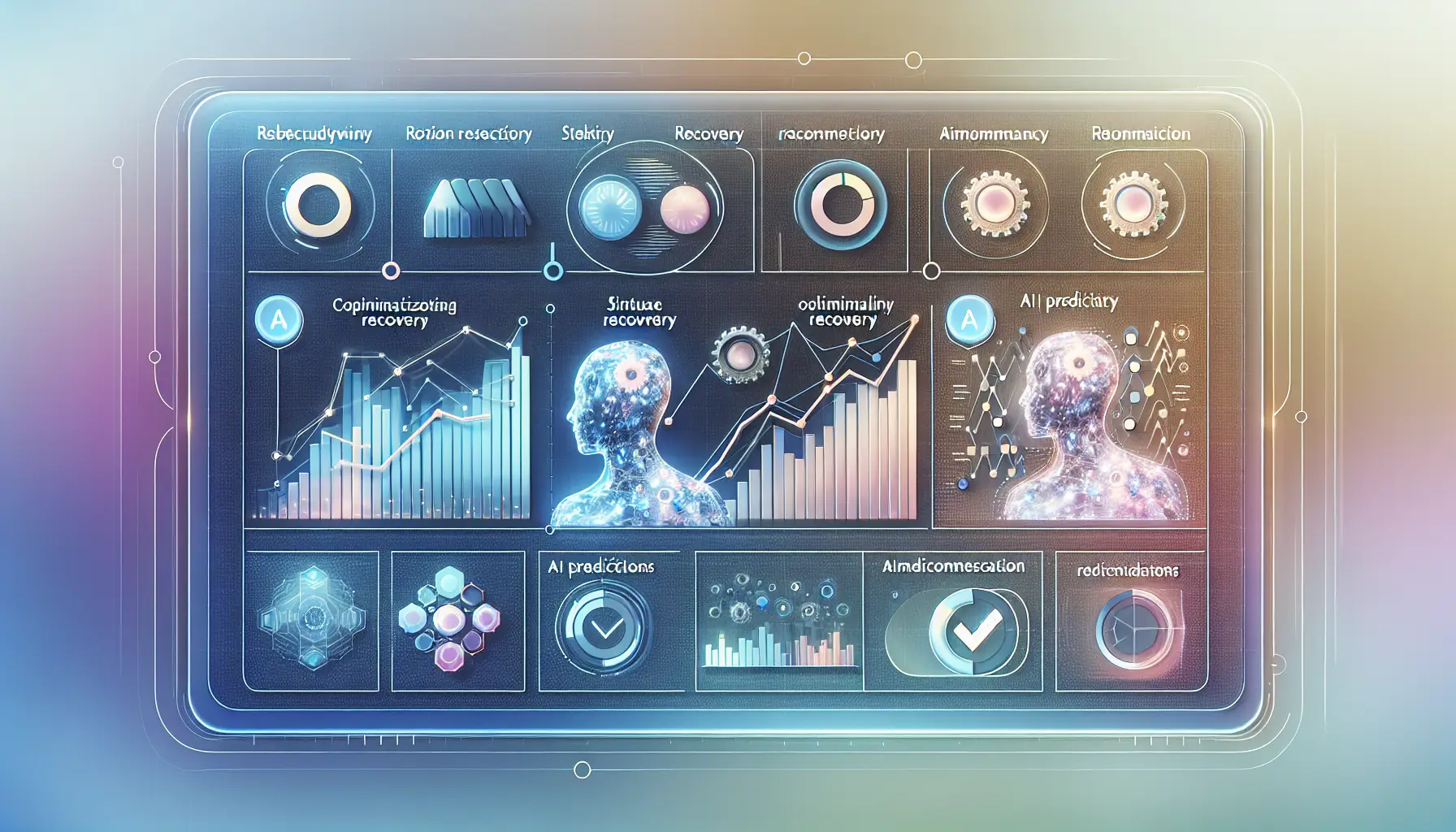AI-Driven Insights on Rhinoplasty Recovery Timelines: What to Expect
Understanding Rhinoplasty and Its Recovery Phases
What Happens During the First Few Days Post-Surgery?
The first few days after your rhinoplasty can feel like navigating uncharted waters. Your nose is tender, possibly swollen, and wrapped in a protective splint. It’s not glamorous, but it’s part of the journey toward your new look. You might feel congested—like battling a stubborn cold—but don’t worry, this is completely normal.
Here’s what you can expect during these early days:
- A stuffy sensation as if you’ve been snorkeling for hours.
- Some bruising and swelling around your eyes—think of it as nature’s way of painting abstract art.
- A little discomfort, but nothing that over-the-counter pain relievers or prescribed medication can’t handle.
Pro tip: Keep your head elevated while sleeping. Stacking up a couple of pillows might not scream luxury, but it works wonders in reducing swelling.
How Long Before You Feel Like Yourself Again?
By the second week, you’ll start to see glimpses of your new self emerging. Swelling gradually subsides, and you’ll likely have your splint removed. While it might take months for the final shape of your nose to reveal itself, you’ll already feel more like “you.” This phase is a mix of anticipation and relief, like watching a Polaroid photo develop in slow motion.
How AI Enhances Predictions for Recovery Timelines

How AI Transforms Rhinoplasty Recovery Predictions
Imagine this: you’ve just undergone rhinoplasty, and instead of second-guessing every twinge or swelling, you have a personalized roadmap in hand. That’s where
AI-powered insights step in, reshaping the recovery journey. These advanced tools analyze thousands—no, millions—of data points from past cases, offering predictions as unique as your fingerprint. It’s like having a digital crystal ball, but way more accurate.
What does this mean for you? Picture an app that not only tracks your healing progress but also nudges you with tailored advice. For instance, “Hey, slight swelling today is totally normal, based on similar recoveries!” Or, “Time to take it easy—your body needs rest right now.” This isn’t guesswork; it’s precision care powered by
artificial intelligence.
- Visual timelines customized to your body’s response.
- Data-driven tips on reducing bruising and swelling.
- Alerts for potential red flags, so you’re always ahead of the curve.
In a world where recovery once felt like navigating blindfolded, AI becomes your guide, flashlight in hand, illuminating each step forward.
Factors Influencing Rhinoplasty Recovery Outcomes

How Lifestyle Choices Shape Your Rhinoplasty Recovery
Your journey to recovery after rhinoplasty isn’t just about resting and waiting—it’s also about the daily decisions you make. Think of your body as a delicate masterpiece, fresh from the artist’s studio. Every choice you make, from what you eat to how you sleep, is like a brushstroke on that canvas.
Nutrition, for instance, plays a starring role. A diet rich in vitamins C and A can work wonders for healing. Imagine feasting on colorful bell peppers, juicy oranges, or a hearty bowl of spinach. These foods aren’t just tasty—they’re like fuel for your body’s repair engine.
Then there’s sleep. If you’ve ever wondered why sleeping upright is recommended, it’s because it reduces swelling. Yes, that stack of pillows might not scream “comfort,” but trust me, your nose will thank you.
- Avoid strenuous activities—think heavy lifting or intense cardio.
- Say no to smoking—it slows down healing like a traffic jam during rush hour.
Remember, recovery isn’t just about time; it’s about treating your body like the VIP it truly is.
Tips for Optimizing Recovery Based on AI Recommendations

Understanding Your Rhinoplasty Recovery Journey
Rhinoplasty recovery isn’t just a process—it’s a deeply personal experience, like watching a masterpiece unfold on a blank canvas. While no two journeys are identical, understanding what lies ahead can make the road smoother and less daunting. Picture this: your nose is healing, swelling is gradually subsiding, and each day brings you closer to the final reveal. But patience? Oh, it’s your greatest ally here.
What does recovery feel like? In the first week, you might notice a mix of emotions—curiosity, excitement, maybe even a touch of frustration. That’s completely normal! To help you navigate this phase, here’s a sneak peek into common milestones:
- Day 1-3: Rest is key. Swelling and bruising may feel like uninvited guests, but they’re temporary.
- Week 2: Say hello to subtle improvements as initial swelling begins to fade.
- Month 1: Confidence blooms as your new profile takes shape.
Remember, your body is working hard behind the scenes, like an artist refining every detail. Lean into the process, and trust that your masterpiece is worth the wait.
Future Implications of AI in Post-Surgical Care

Understanding the Rhythm of Your Rhinoplasty Recovery
Your rhinoplasty journey is more than just a medical procedure—it’s a transformative experience, both physically and emotionally. But let’s be real: recovery can feel like waiting for a flower to bloom. The process takes time, patience, and a sprinkle of self-love. Knowing what to expect can make all the difference.
In the first week post-surgery, you might feel like your nose has joined a protective cocoon, wrapped in swelling and bandages. It’s normal! Think of this phase as your body’s way of saying, “I’ve got this.” Around weeks 2-4, bruising fades, and you’ll start seeing glimmers of your new profile—like unwrapping a long-awaited gift.
To help you through, here are some essentials:
- Keep your head elevated: Your pillow becomes your best friend, supporting healing and reducing swelling.
- Hydration: Water isn’t just refreshing—it’s a recovery superstar.
- Avoid strenuous activity: Let Netflix marathons replace gym sessions for now.
And remember, every nose heals at its own pace. Trust the process; your reflection will thank you.




